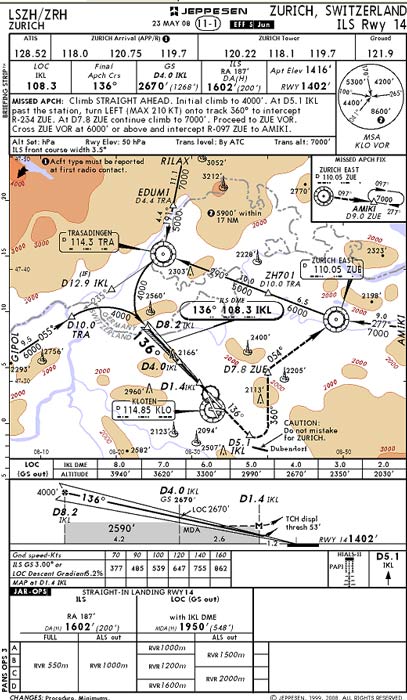I am sorry that my first post to this forum should be on such a tragic subject but I hope that this contribution to the discussion will be seen as positive.
I feel that I must start by expressing my deepest sympathies to the injured and to the families of all involved. Nothing we say here can help them directly: the best we can do is try to learn what we can from this and make some contribution to stopping something similar happening in the future.
I agree that there is little point in speculating about what went wrong with the plane. The investigation will likely get the answer to that.
I would like to look more closely at the question of what went wrong with the approach and why the pilot appears to have been quite a long way off both the localizer course and the glide slope. Obviously, the investigation will have recordings of the radar tracks available to it and these may or may not support the thoughts which follow.
I suggest that the following points from earlier posts may have a bearing on this:
· The aircraft had only recently been ferried from the US
· The pilot seems to have diverted to Zurich in IMC and perhaps also with potential icing
· It sounds like he was flying a Vectors to Final (VTF) approach
· He appears to have lost both the localizer and the glide slope
· He was asked to fly at 160 kts
· The radio was busy as you would expect at a big airport
· He reported having a power loss at a late stage in the incident
· He didn’t pull the CAPS
If I have any of this wrong, please accept my apologies.
At this stage, I should say that I went to the US last year to buy my own SR22 and do my instrument rating following which the aircraft was ferried over to the UK for me.
I well remember one of the first VTF approaches I flew after that. Most of the approaches I had done during my training were hand flown and I decided to fly this one as autopilot coupled. Fortunately I was actually in VMC so relatively unstressed.
What happened was that I screwed up the buttonology (IMHO something that is FAR too easy to do!) on the autopilot and flew through the localizer.
Because:
· I was flying slowly (110 kts)
· there was no other traffic
· my controller spotted what had happened and immediately gave me new vectors to re-establish
· I was in VMC anyway
· I had no technical issue of the kind reported here
It was not a big problem, I was able to re-establish on the approach, land successfully and learn the lesson.
Contrast that with what seems to have happened here:
· If the aircraft was only recently ferried over: how much Cirrus time did the pilot have?
· Given that he diverted to Zurich, he may have been thinking about the problem that caused him to need to do that
· He was in real IMC which makes it worse
· There seems to have been a risk of icing, something he may have felt a need to keep an eye on
· He was flying the approach at 160 knots which lets the plane get ahead of you fast
· The radio was busy
· He then had his power problem
If what happened to me happened to him, especially at 160 knots, and he then tried to re-establish himself, it is easy to see how he could end up too high and off course.
If you then overlay the other above mentioned factors, it is possible to see him becoming badly overloaded. In an extreme case perhaps, very speculatively, even to the point where maybe he forgot he had CAPS available?
Despite these problems, concentrating hard, as he would have been, it is a tribute to the pilot that he could sound as calm as he did, apparently trying to work the problem to the end.
There but for the grace of God and a good CSIP instructor goes any of us (well me anyhow!).
Apart from doing the necessary training, one piece of advice I would give anyone who hasn’t already done so is to read the excellent article on coupled VTF approaches in COPAPEDIA.
A final thought: the foreign language reports mention concerns expressed by the rescue authorities about the risk of the CAPS rocket cooking off in a crash. This is something I was asked about at a small airport in the UK some time ago and to which I could not provide an answer. What is the situation with this?
It is potentially quite scary to think that rescuers might be frightened to get you out of a crashed plane because of a perceived risk of the rocket going off while they are doing it. Of course, I suppose the problem goes away if you use the system!
Once again, my deepest sympathies to the injured and the families of all those involved.
